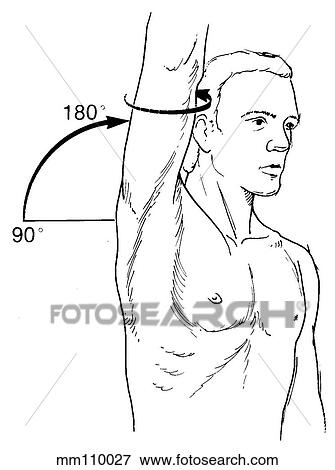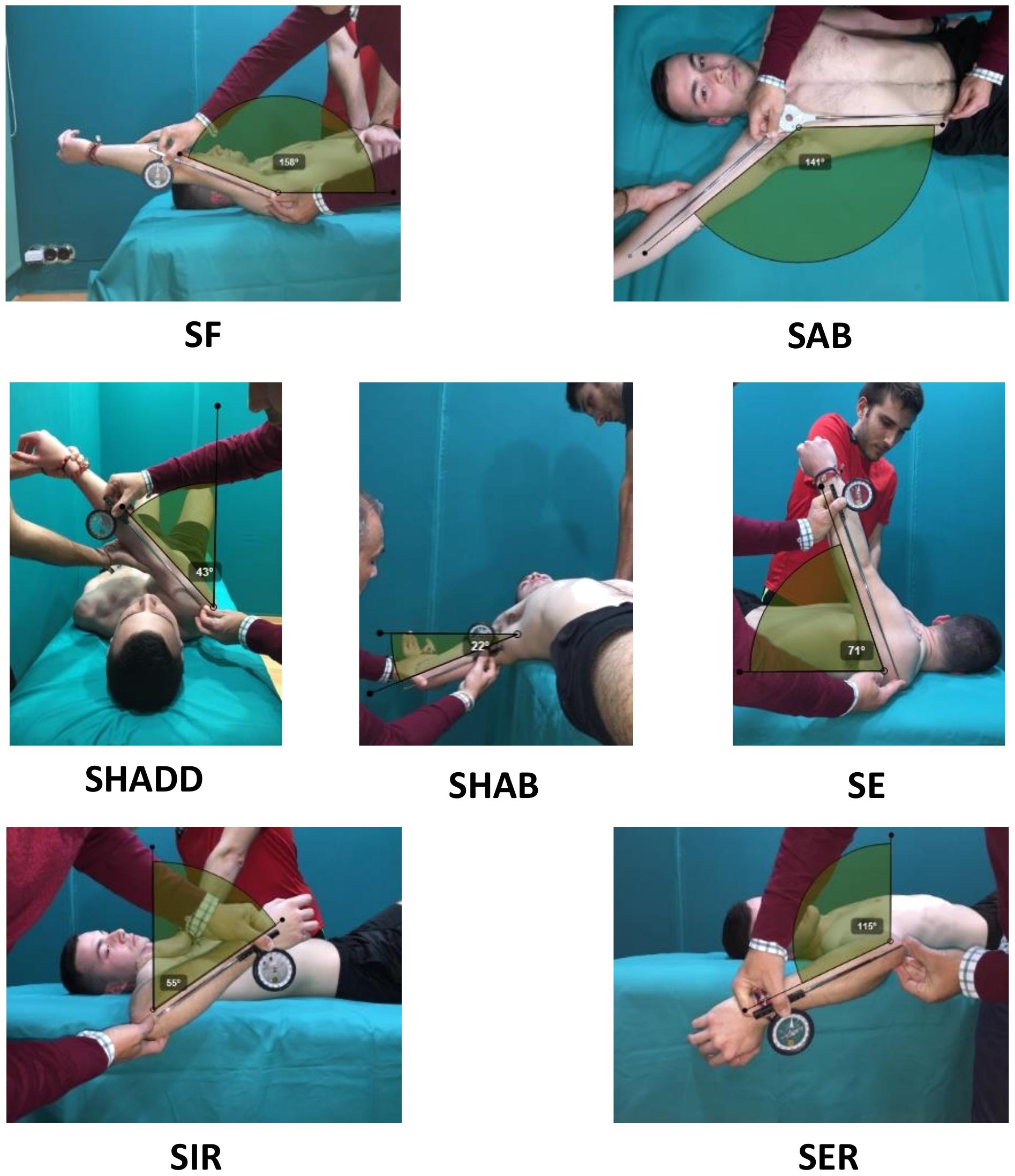

Being able to perform exercises precisely, accurately, and in a repetitive manner, robot-aided portable devices have gained much traction these days in hand rehabilitation. Home-based hand rehabilitation has excellent potential as it may reduce patient dropouts due to travel, transportation, and insurance constraints. The experimental results validated both types of functionality of the developed robot. A PID control technique was implemented for both joint-based and end-point exercises. This research work aimed to develop an innovative sensorized upper arm cuff to measure the wearer’s interaction forces in the upper arm. Limb robots lack the ability to monitor interaction forces during passive rehabilitation exercises measuring upper arm forces is also absent in the existing devices. Furthermore, HRI can be improved by monitoring the interaction forces between the robot and the wearer. This work focused on designing and developing a seven-degrees-of-freedom (DoFs) upper-limb rehabilitation exoskeleton called ‘u- Rob’ that functions as both exoskeleton and end-effector types device. Patients may need both kinds of exercises, depending on the type, level, and degree of impairments. Existing upper limb robots perform either joint-based exercises (exoskeleton-type functionality) or end-point exercises (end-effector-type functionality). The design of an upper limb rehabilitation robot for post-stroke patients is considered aīenchmark problem regarding improving functionality and ensuring better human–robot interaction (HRI). The results show the error on all axes and break it down into walking stages to better understand the control behavior and precision.

The proposed switching algorithm directly influences the overall control precision, while we aimed to obtain a fast switch with a lower impact on the control parameters. The results show how the switching method alters the system precision during the pendulum phase compared to the weight support phase, which can better compensate for the robot’s dynamic parameters. The experiment presents the robot’s foot positioning error while walking. They indicated that the proposed hybrid control is efficient in using the two-stage decision algorithm to drive the hexapod robot motors using kinematic and dynamic control methods. The experimental and predicted results were in good agreement. By integrating both control methods separated by a dynamic switching algorithm, we obtained a hybrid force/position control that took advantage of both kinematic and dynamic control properties to drive a mobile walking robot. The two-stage algorithm separated the control phases into a kinematic control method that used a PID regulator and a dynamic control method developed with the help of sliding mode control (SMC).
#Abduction of shoulder Offline#
The first stage was an offline qualitative decision-applying Extenics theory, and the second was a real-time decision process using neutrosophic logic and DSmT theory. The control method integrated Extenics theory with neutrosophic logic to obtain a two-stage decision-making algorithm. We developed it for a hexapod walking robot that combines multiple bipedal robots to increase its load.

This paper presents a hybrid force/position control.


 0 kommentar(er)
0 kommentar(er)
